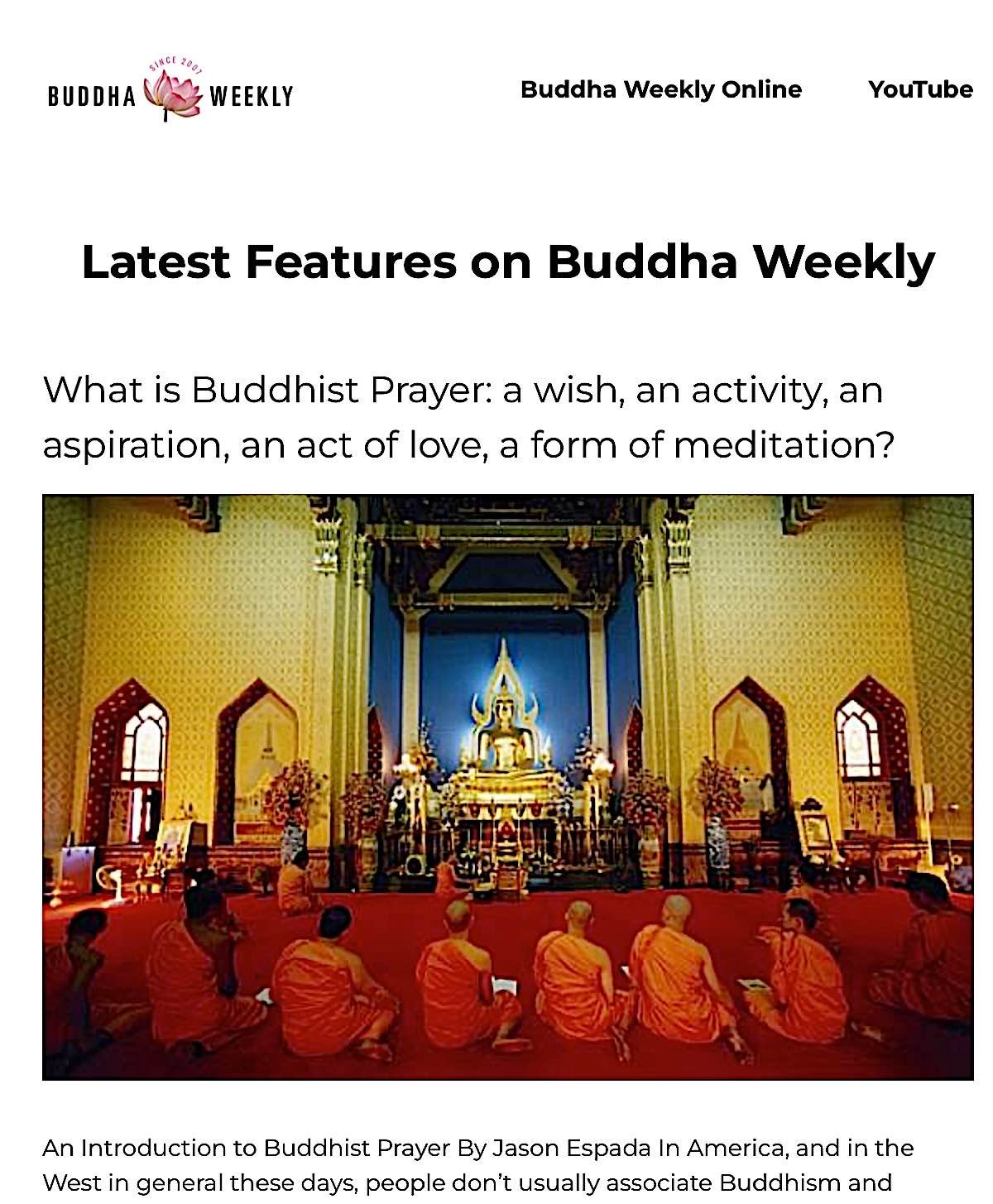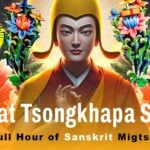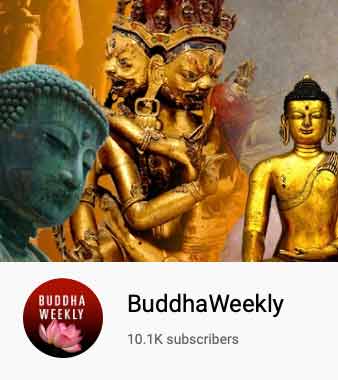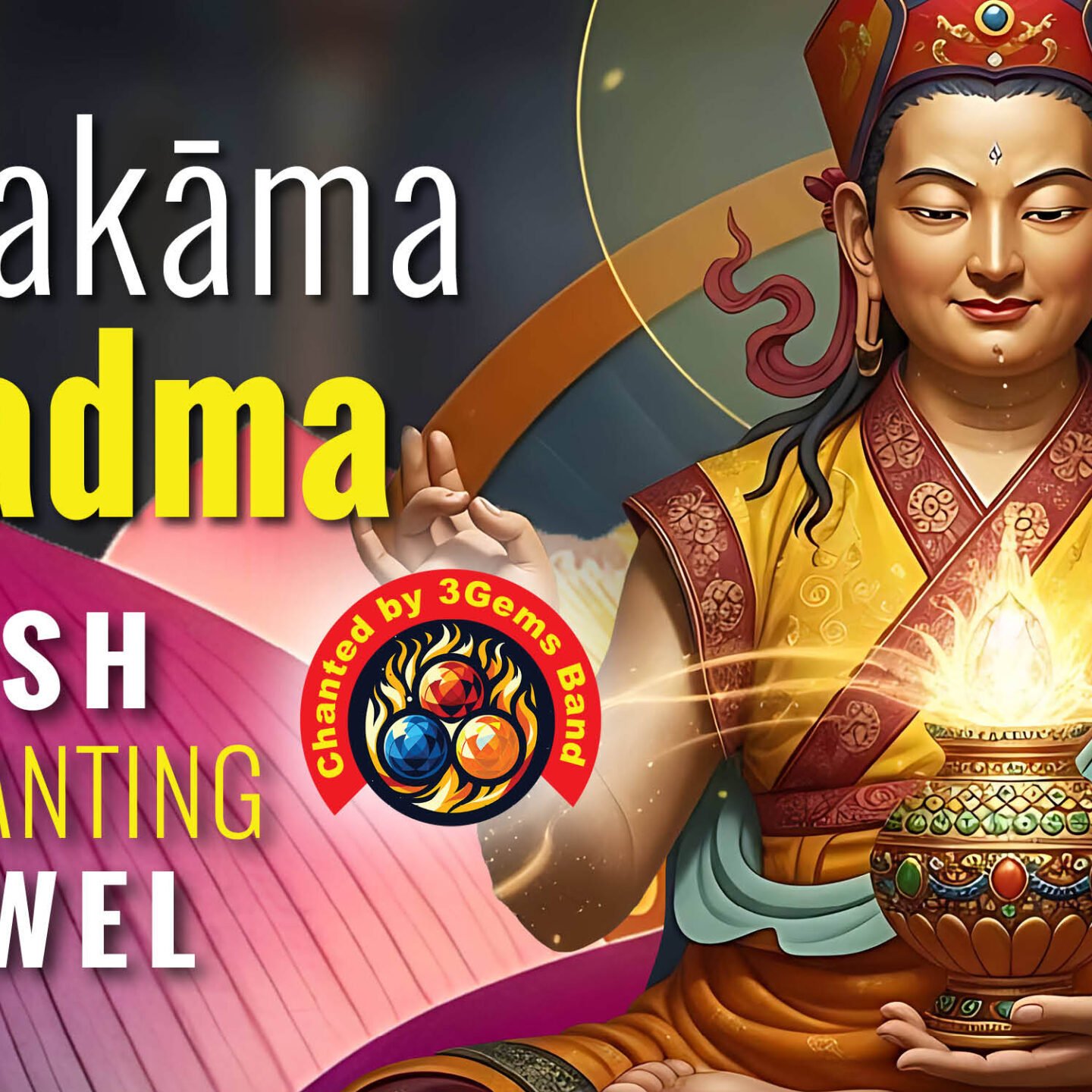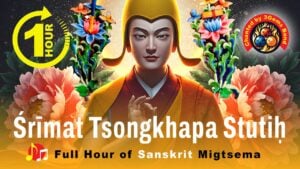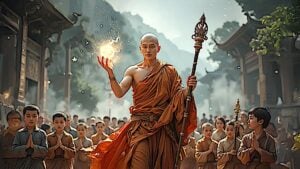Video: Wish-Granting Power: Ratnasambhava Buddha – Dharani Mantra, Sadhana and Practice

Why is Ratnasambhava Buddha described as the wish-granting Buddha? Why is he considered the Buddha closest to our world, always ready to help? What are the four generosities of the Jewel Buddha of the Earth? What is his great Dharani that delivers the four Generosities into our lives? We answer these questions, and more, in this in-depth presentation, and end with his Dharani, Mantras and Sadhana to help you connect directly to this generous and auspicious Buddha.
Video:
#寶生如來
CONTENTS OF VIDEO
00:00–01:16 Why is Ratnasambhava described as the wish-granting Buddha?
01:16–02:35 An introduction: The 4 Generosities, Wish-Granting and the power of Earth
02:35–03:26 The Jewel Family of Prosperity: Mamaki, Ratnapani, Jambhala, Vasudhara
03:26–04:45 The Wisdom of Equality overcoming pride: Dana Paramita & the four generosities
04:45–06:49 Ratnasambha’s Practice: 4 Gifts and the 4 Immeasurables: loving kindness, compassion, empathetic joy, and equanimity
06:49–07:30 Acts of kindness are one of the four offerings
07:30–08:16 Gifts of Dharma, the highest offering
08:16–09:36 Six Session Yoga of Ratnasambhava
09:36–11:14 Benefits of practice: prosperity, auspiciousness, good fortune
11:14–12:31 Sutras highlighting the Wisdom of Ratnasambhava: Golden Light Sutra, Shurangama Sutra, and Ratna-gotra-vibhaga
12:31–13:19 Ratnasambhava’s Powerful Dharani Benefits: destroy negative karma, Bodhichitta, auspiciousness.
13:19–14:37 Dharani recited Three Times
14:37–14:53 Ratnasambhava Heart Mantra Three Times
14:53–15:16 Visualizing Ratnasambhava’s form, offerings and seven-limbs of practice
15:16–20:57 Sadhana recitation
- FOR THE SADHANA TEXT and DHARANI, download from our Dharma Downloads Page>>
- FOR DOWNLOADABLE FREE IMAGES (for personal Dharma use) of 60 of the images from this video, visit BuddhaWeekly.com’s gallery>>
Ratnasambhava Buddha, the glorious and auspicious Buddha of the South is characterized by his open hand of generosity, the mudra of giving. Jetsun Dragpa Gyaltsen, one of the five Sakya patriarchs, who lived 1147 to 1216, described the glorious Buddha of Generosity this way:
“Arising in the southern direction is Ratnasambhava on a horse, lotus and sun throne; with a body yellow in colour the right hand is placed in the mudra of supreme generosity.”
The mudra of generosity characterizes his vastly important wisdom. It is generosity and kindness and equality that defines the great Buddha closest to our earthly existence.
He is the Buddha who grants wishes. As described by Konchog Ozer, from the Sadhana, which we recite at the end of this presentation:
He has “a radiant body having the colour of blazing gold, one face, two hands, the right is in supreme generosity — fulfilling the wishes of beings.”
DHARANI
Namo Ratna Rasmi Chandra Pratimandita Vidyam Teja Koshesvara Rajaya Tathagataya Arhate Samyak-sambuddhaya. Tadyatha, Ratne Ratne, Ratna Kirane, Ratna Pratimandite, Ratna Sambhave, Ratna Prabhe, Ratnod-gate Svaha
HEART MANTRA
Om Ratnasambhava Tram
More articles by this author
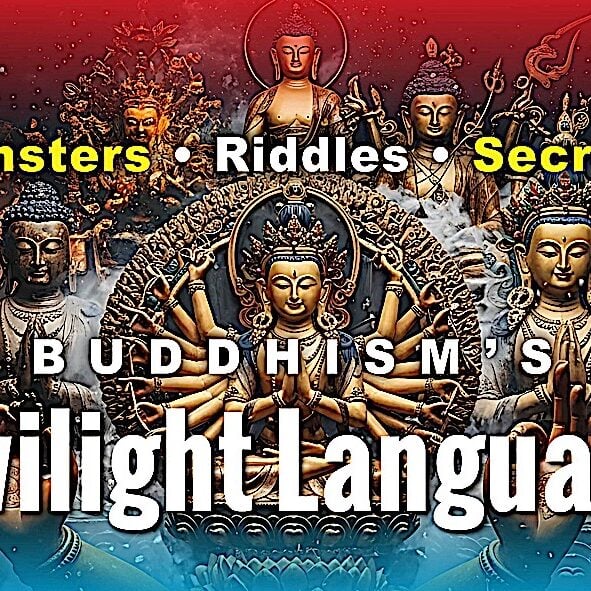
Buddhist Riddles & Secrets— Sambhyabhasa Twilight Wisdom Language Secret Dakini Language in Buddhism?

SUPPORTING MEMBERS VIDEO: Kṣitigarbha Daśacakra Dhāraṇī with Heart, Fixed Karma and Blessing Mantras 願地藏菩薩

SPECIAL DAY EDITION: 1 HOUR Śrīmat Tsongkhapa Stutiḥ, 1 FULL HOUR SANSKRIT Migtsema श्रीमत् त्सोङ्खप स्तुतिः
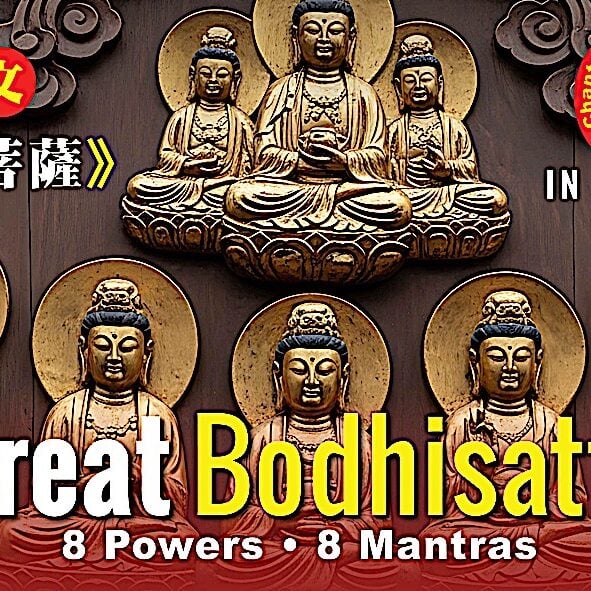
SUPPORTING MEMBER VIDEO: 8 Maha Bodhisattva Mantras — 8 Powers, 8 Qualities of the Buddha: From Maha Vairochana Sutra – Official Music Video
Search
Latest Features
Please support the "Spread the Dharma" mission as one of our heroic Dharma Supporting Members, or with a one-time donation.
Please Help Support the “Spread the Dharma” Mission!
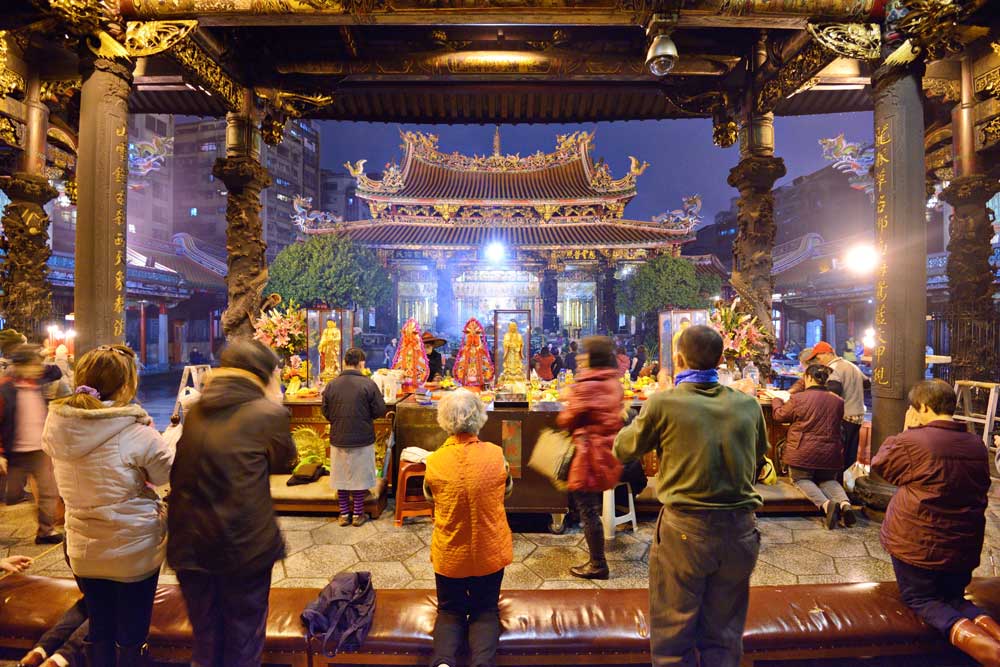
Be a part of the noble mission as a supporting member or a patron, or a volunteer contributor of content.
The power of Dharma to help sentient beings, in part, lies in ensuring access to Buddha’s precious Dharma — the mission of Buddha Weekly. We can’t do it without you!
A non-profit association since 2007, Buddha Weekly published many feature articles, videos, and, podcasts. Please consider supporting the mission to preserve and “Spread the Dharma." Your support as either a patron or a supporting member helps defray the high costs of producing quality Dharma content. Thank you! Learn more here, or become one of our super karma heroes on Patreon.
Lee Kane
Author | Buddha Weekly
Lee Kane is the editor of Buddha Weekly, since 2007. His main focuses as a writer are mindfulness techniques, meditation, Dharma and Sutra commentaries, Buddhist practices, international perspectives and traditions, Vajrayana, Mahayana, Zen. He also covers various events.
Lee also contributes as a writer to various other online magazines and blogs.

